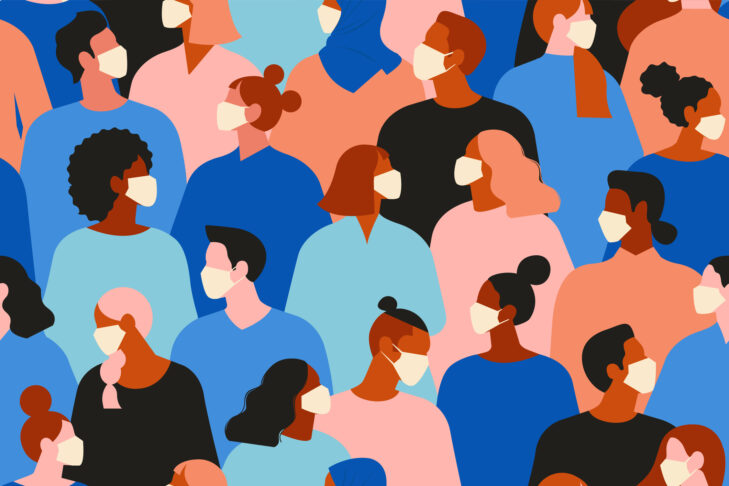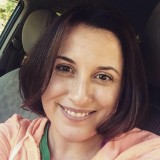With self-isolation in place, it’s difficult to know how your neighbors are feeling. Who’s sick? Are things getting better or worse? Without enough tests, who’s to say?
A new innovation from Boston Children’s Hospital makes it easier to see potential COVID-19 activity near you. It was quickly created under John Brownstein, chief innovation officer at Children’s Hospital, in conjunction with partners in Boston’s tech community.
“Covid Near You” uses crowdsourced data to generate maps to help citizens and public health agencies identify current and potential hotspots for the coronavirus.
Anyone can participate: Log on to report if you or your family members have been healthy or sick. It’s easy to use, and it took me 30 seconds.
The site analyzes thousands of reports and maps them to generate local and national views of COVID-like illness, providing public health officials and researchers with real-time, anonymous information to help track outbreaks. Average users like you and me can search reported symptoms by ZIP code.
If you feel great, click a thumbs up and you’re done. If not, the site will lead you to choose from a set of symptoms such as cough, shortness of breath and sore throat. It then asks when the sickness started, whether you’ve seen a doctor and whether you’ve been exposed to a known case, among other things. Note: This isn’t a diagnostic tool.
“This helps visualize where the symptom activity is happening. We can utilize this information to understand the true burden on the U.S.,” says Kara Sewalk, MPH, project manager at Children’s Hospital Innovation and Digital Health Accelerator.
Users, in turn, can see reported symptoms in their community in real time.
“There are two benefits: one, users can understand where others are reporting in; and two, users can help public health authorities and researchers get a better understanding to be able to contribute to the response. Crowd-sourced data is extremely valuable,” she says. So, if you feel helpless in the wake of COVID-19, this is one way to contribute.
Researchers are actively identifying patterns and collaborating with health officials to augment their own data. The project is similar to another Brownstein initiative, “
Flu Near You,” which uses crowd-sourced information to track seasonal flu.
“We hope to inform public health authorities of activities in their communities and to support them as best we’re able to. The more data we have, the better we’ll be,” in terms of distributing resources, refining quarantine measures and increasing testing in key areas, Sewalk says.
So far, more than 200,000 people nationwide have reported data. Check it out at
covidnearyou.org; it’s an easy way to contribute to local health initiatives without leaving the house.
Never miss the best stories and events! Get JewishBoston This Week.



